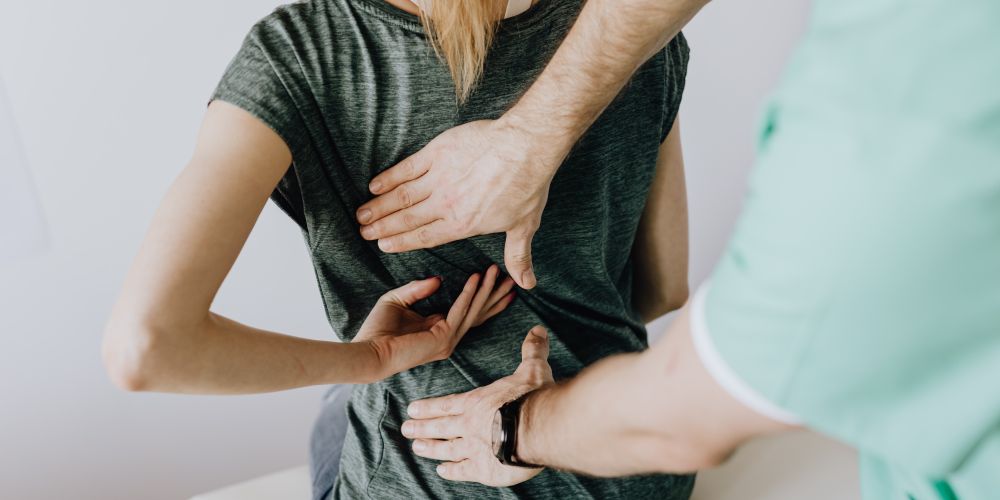February 17, 2021

If you’ve ever had back pain, you understand how one injury can limit so much of your day-to-day activities. Bending, lifting, squatting, and simply getting up out of your seat can all be challenging with a back injury. Benjamin Franklin once famously said, “an ounce of prevention is worth a pound of cure,” and while he was apparently referencing fire safety, we think that this approach also very aptly applies to living life healthy and pain free!
An important aspect of living pain free is to be active. Exercise reduces stiffness by keeping the ligaments and tendons flexible. If you sit in a chair for long periods of time, consider taking a ten to fifteen minute break every so often to get up, stretch, or go for a walk.Try some of these quick 5-minutes back stretches on your next break: 7 Upper Back Stretches, Upper Back Stretches, 5-Minute Yoga for Lower Back Pain. Stretching helps your muscles stay limber, which prevents tension and tightness.
Exercise helps to maintain a healthy weight, which in turn reduces the amount of stress put on weight bearing joints such as your knees, back, and feet. Over time, the extra weight can contribute to chronic back pain. Incorporate core strengthening exercises into your workout to develop stronger flexible back muscles, and add Tai Chi and yoga to increase balance and strength. Swimming is also a great low impact alternative if you currently suffer from back pain. When you float, much of your weight is taken off the joints so that movement doesn’t hurt, and at the same time it provides resistance so that you can activate your muscles without putting strain on your joints.
How you sleep can also affect your back. We have a few tips on adjustments you can try to alleviate any pain you might have. The best position to sleep in is on your side with a pillow between your knees. The pillow helps keep your hips, pelvis, and spine in better alignment. If you sleep on your stomach, consider placing a pillow under your pelvis and lower abdomen to relieve stress and pressure off your back. For the back sleepers, try placing a pillow under the knees, it helps keep the natural curve of your spine. You can also add a small pillow under the small of your back for extra support when sleeping on your back.
If you have any questions or concerns about back pain, or if you have back pain that lasts for more than two weeks, consider booking an appointment with one of our GOeVisit practitioners or connecting with our partner Phzio to get the help you need!

GOeBlogger is a health enthusiast and avid reader living and thriving in vibrant Vancouver. When she's not nerding out at her laptop, you can find her exploring the beautiful BC coastline with her dog.

Connect with us online for a virtual and personal consultation for minor illnesses.
Call us at 1-866-318-4748
Send us an email
Sign up for the latest news and offers delivered to your inbox.